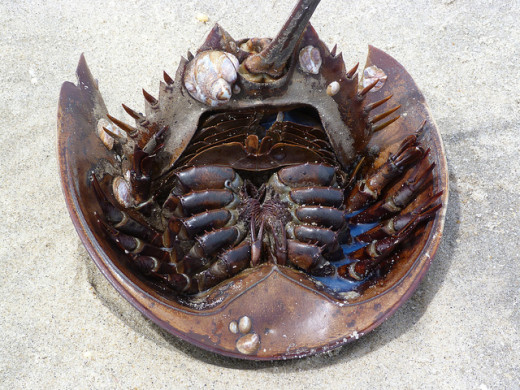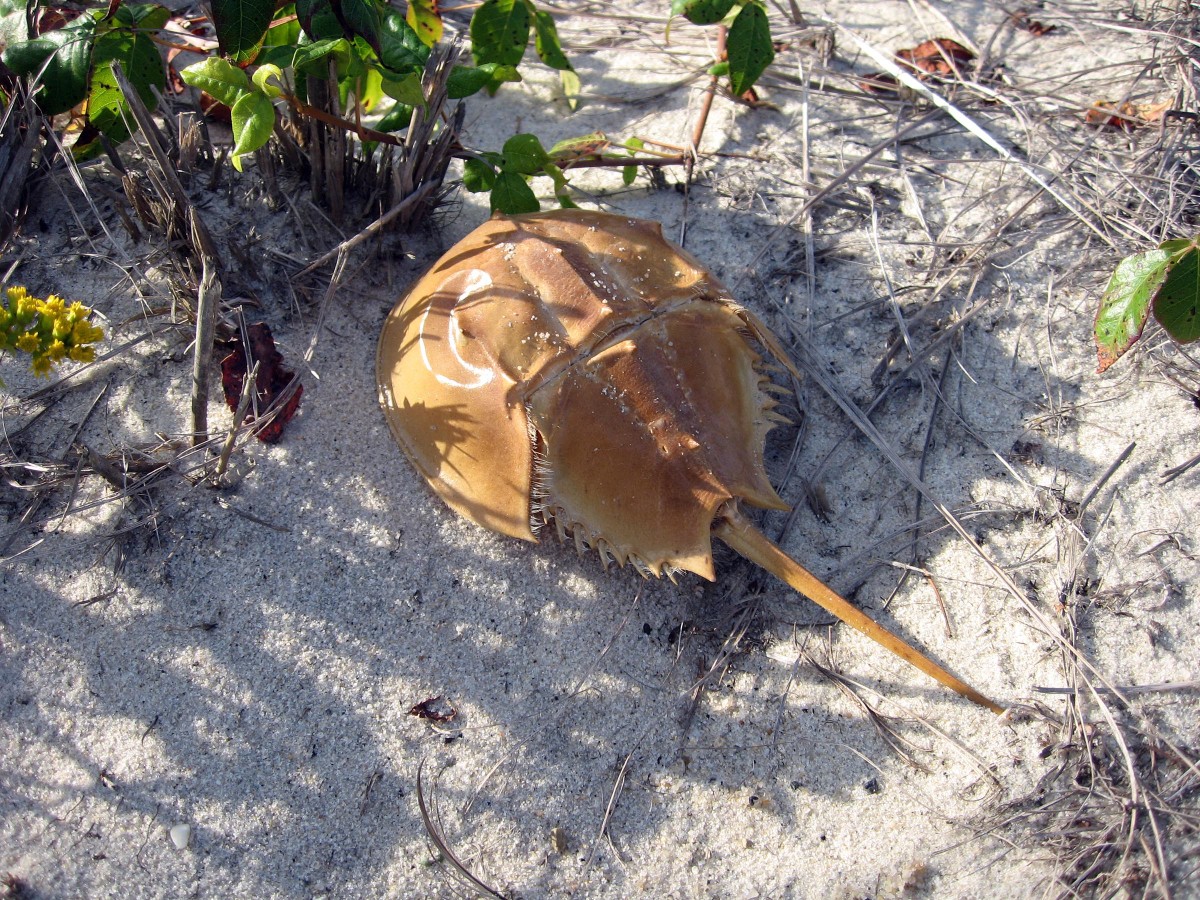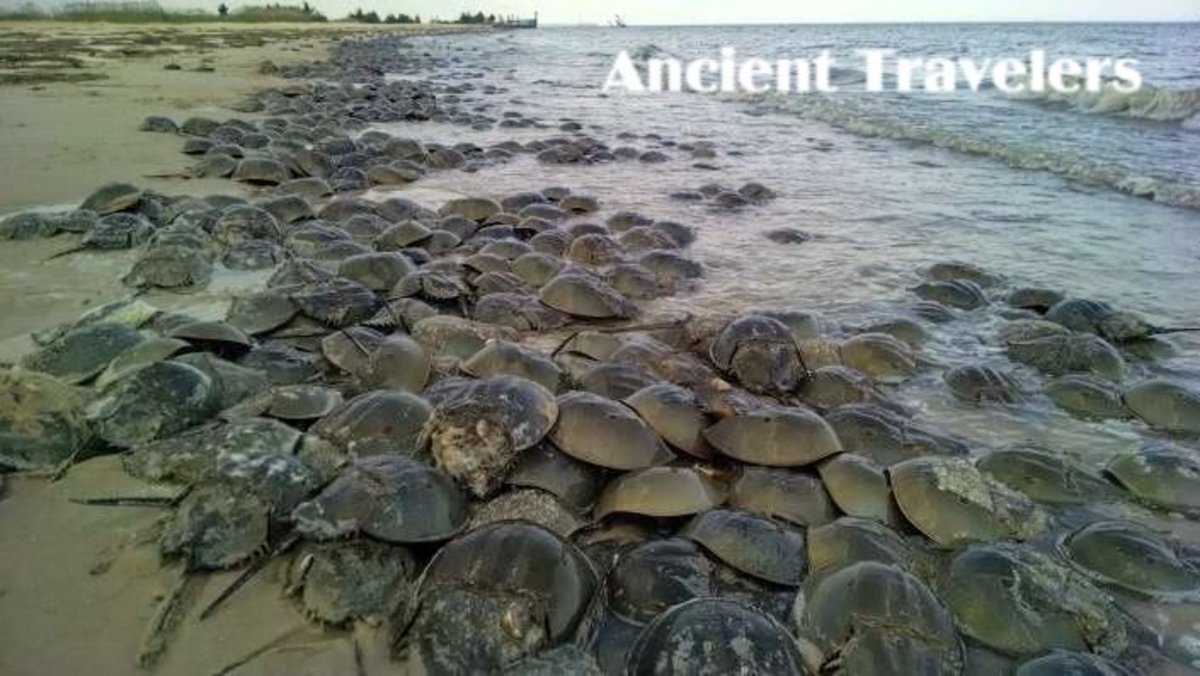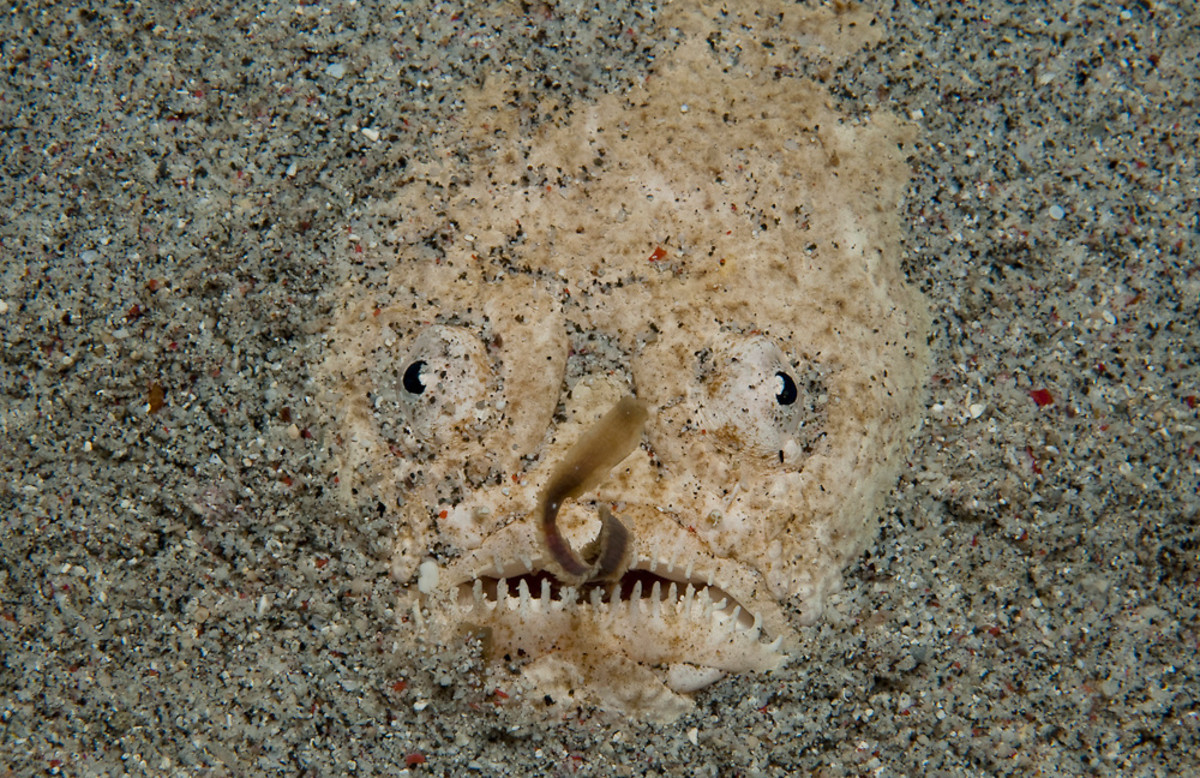- HubPages»
- Education and Science»
- Life Sciences»
- Marine Biology»
- Marine Life
Blue Blood from the Horseshoe Crab is required by FDA to Test for Toxic Bacteria
Blue Horseshoe Crab Blood Contains a Modern Medical Secret

Did you know?
Did you know that the horseshoe crab has bright blue blood?
This is because horseshoe crab blood contains copper as an oxygen containing pigment, instead of hemoglobin, which contains iron.
The video below shows scientists extracting blue blood from horseshoe crabs.
Horseshoe Crab Blood Extraction
Hospital Equipment Dipped in Horseshoe Crab Blood
If you have ever had to go to the hospital, you may be surprised to find out that any medical equipment that comes in contact with the human body must be first tested with an extract derived from horseshoe crab blood.
This includes:
- surgical implants
- Intravenous (IV) drugs
- medical equipment
- pacemakers
- needles
The U.S. Food and Drug Administration (FDA) requires that the above medical items must pass the limulus amebocyte lysate (LAL) bacteria contamination test, which is dependent on the blood from horseshoe crabs. This test saves countless human lives from deadly bacterial infections that might arise in a hospital.
Horseshoe Crab Blood is Very Valuable
Value: One quart of horseshoe crab blood in 2011 was valued at $15,000 USD.
This is a multi-million dollar industry.
Horseshoe Crab Blood Medical Use was Discovered in the 1970's
The properties of horseshoe crab blood was first discovered in the 1970's, and is now a standard way to test medical equipment. Prior to horseshoe crab blood, tests were performed on live rabbits (described in the next section).
Extracting Blue Blood is not a Painless Process
In the process of blood extraction, scientists can remove up to one-third of a living horseshoe crab's blood without killing the crab. The crab is strapped into a harness, and a giant needle is injected into a living crab. The blue blood then trickles into a jar. The video shared above says: "...yet most of them survive."
According to the video (above right), scientist are constantly trying to find new ways of manufacturing the blood, without the current method of "bleeding" the horseshoe crabs.
The upside of the process is that the surviving horseshoe crabs are released back into the wild. The National Geographic narrator insists several times in the video that "most of them" survive the process.
Source: National Geographic (2011)

Testing IV Drugs on Rabbits


Intravenous Drugs were Tested on Live Rabbits
Before the discovery of horseshoe crab blood, IV drugs were injected into live rabbits. If a rabbit became feverish, then there was a bacterial contamination in the IV drug. Rabbit testing was much slower in determining bacterial contamination, because they would then have to wait during the incubation period before the rabbit became feverish.
The modern test for bacterial contamination only takes up to one hour, whereas the rabbit test could take up to days.
Reader Poll
Were you aware that the U.S. FDA relies on the horseshoe crab to test medical equipment and IV drugs?
Science Channel Documentary on Horseshoe Crabs
Horseshoe Crabs are Still Survivors...for now
Only about 33 out of a 1,000,000 horseshoe crab eggs will make it through the first year. Surveys are taken on horseshoe crabs every year to estimate how well the crab populations are doing. According to the Weird Creatures with Nick Baker (above), scientists have been recording an "alarming" drop in numbers of horseshoe crabs.
Should this alarm us?
This may be a wake-up call to industries to further create a process to extract the horseshoe crab's blood in a manner that result in 100% survival rate.
Source: Weird Creatures with Nick Baker (episode: Horse shoe crab)
© 2014 Zack Love








